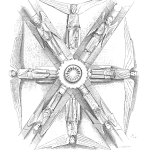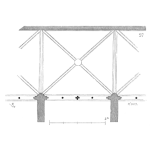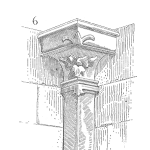
Getting excellent enterprise physical asset utilization and maximum asset performance needs business-wide and life-cycle-long coordination and cooperation.
By coordinating and merging business-wide data and asset historical performance records into useful asset information, you can make timely and informed decisions that safely and profitably maximize the performance and value contribution of your enterprise physical assets
To go down the path of getting operating asset optimization it is necessary that you first identify what measures will be used to determine the “optimal asset utilization” state.
[Read more…]











